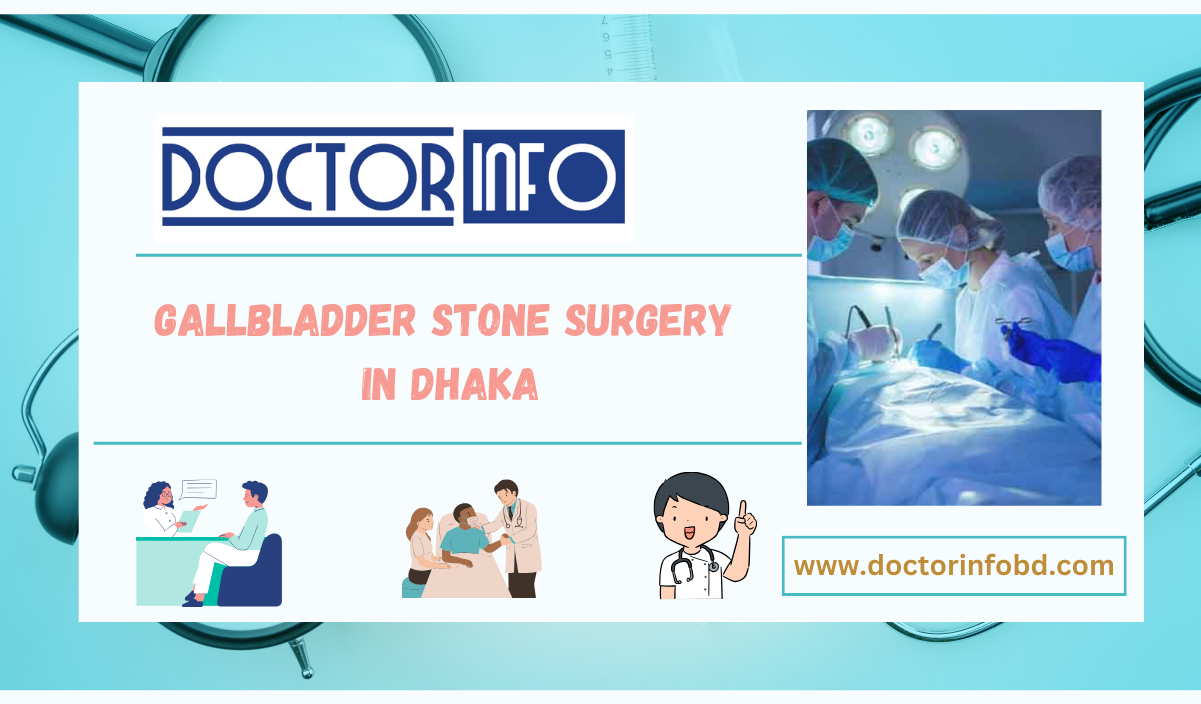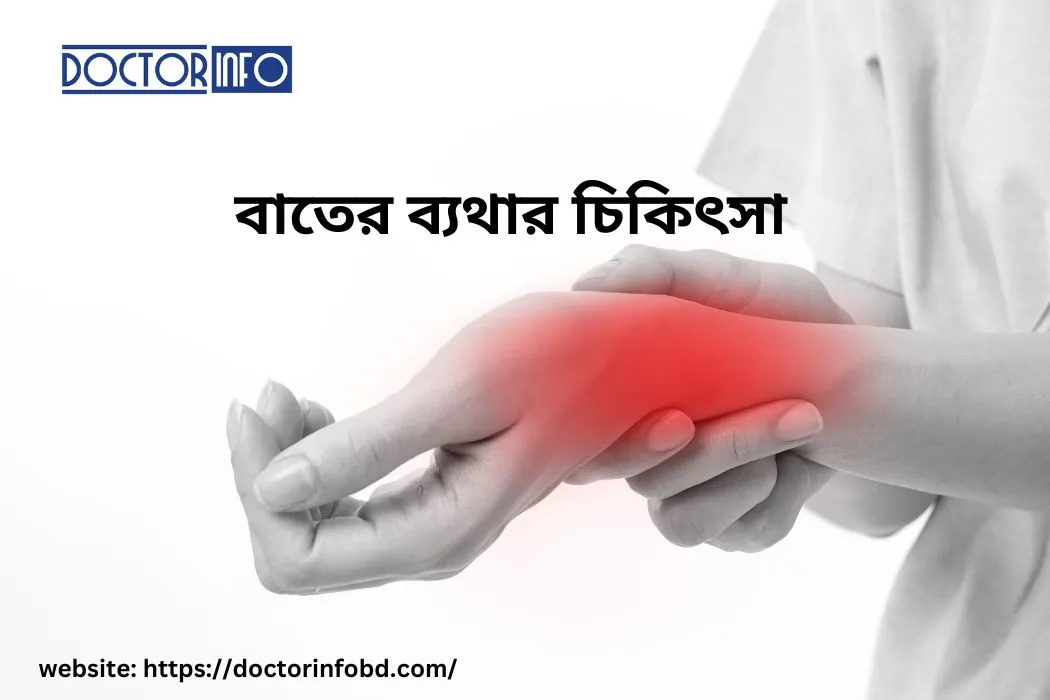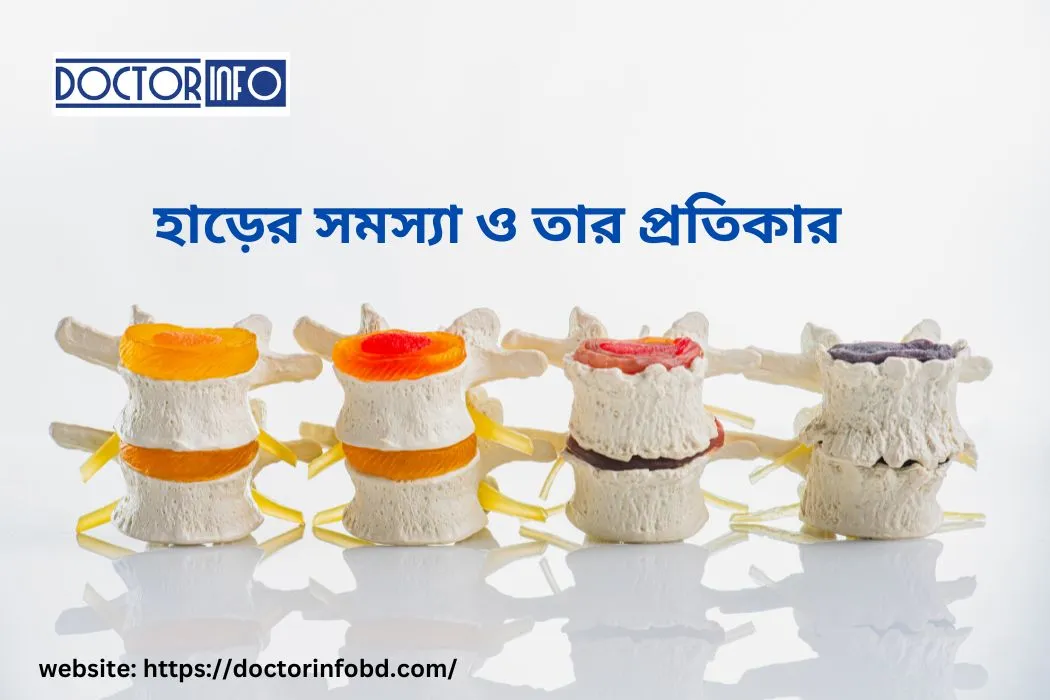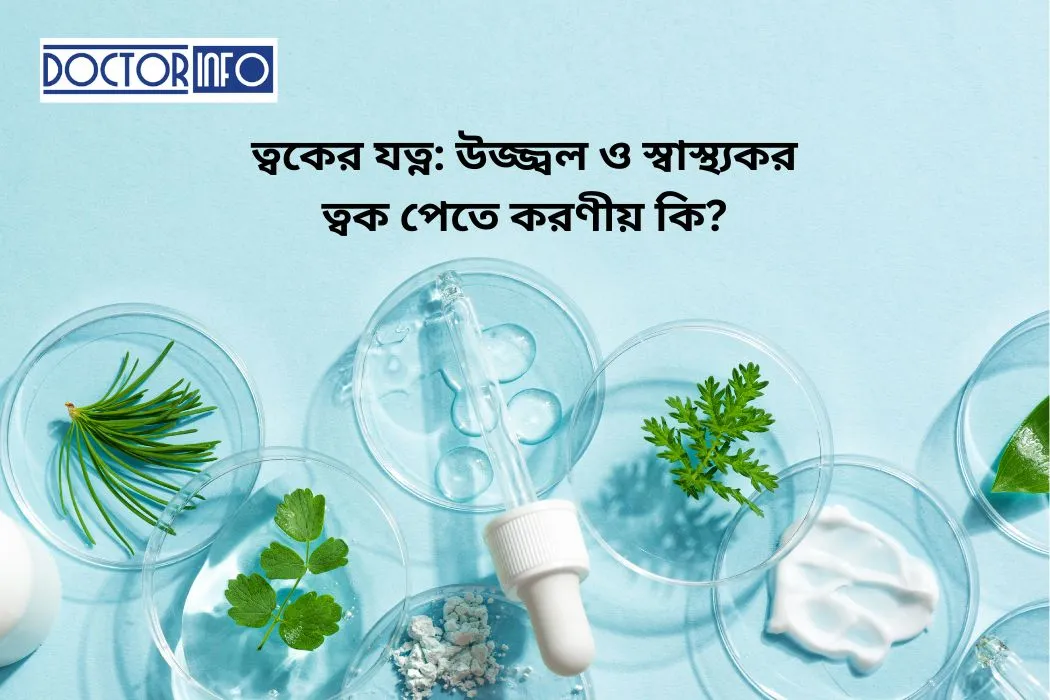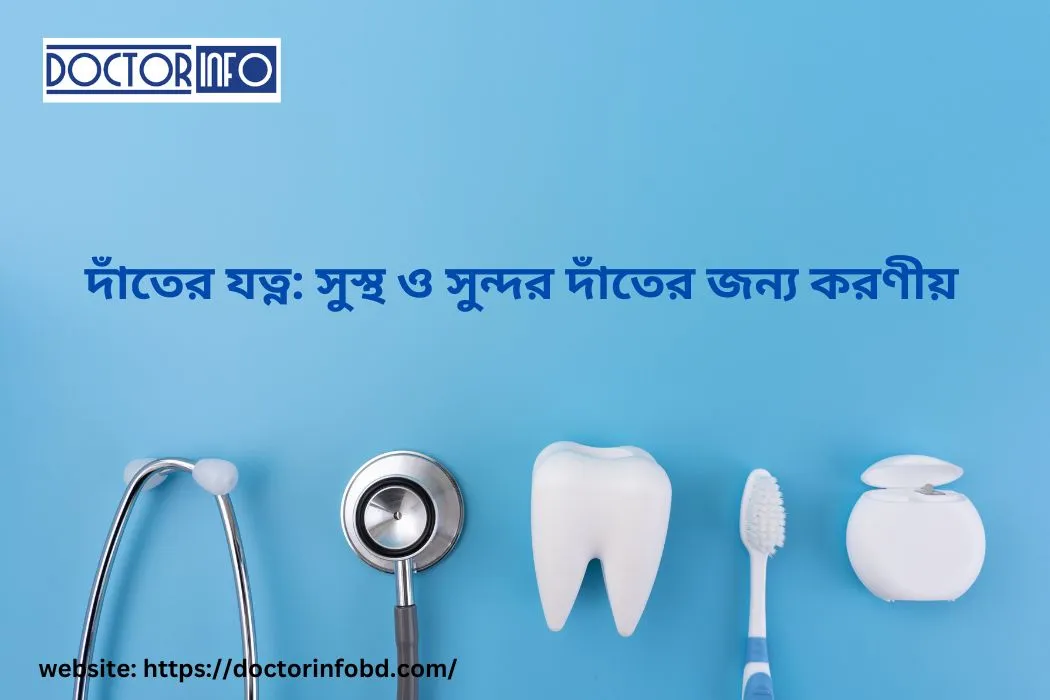Advanced Gallbladder Stone Surgery Services in Dhaka
- 09 Dec 2023
- Best Doctor List
For individuals in Dhaka facing the challenge of gallbladder stone issues, finding the right medical care is paramount. Gallbladder stone surgery in Dhaka encompasses various treatment options provided by experienced medical professionals. These procedures aim to alleviate the discomfort and health risks associated with gallstones, enhancing the well-being and quality of life for those affected by this common gastrointestinal condition.
Gallbladder Stone Removal Treatment in Dhaka
I can provide you with some general information about gallbladder stone removal treatments that are commonly available, but please note that it's essential to consult a healthcare professional in Dhaka for personalized advice and treatment options. Gallbladder stone removal can be performed through various methods, including:
1. Laparoscopic Cholecystectomy: This is the most common method for removing gallbladder stones. It involves making small incisions in the abdomen and using a laparoscope (a thin, flexible tube with a camera) to remove the gallbladder.
2. Open Surgery: In some cases, if laparoscopic surgery is not feasible due to the size or location of the stones, open surgery may be necessary. This involves a larger incision and a longer recovery period.
3. Medication: In some cases, gallstones can be dissolved using medications like ursodeoxycholic acid. However, this method is typically only effective for small cholesterol stones and may take months to work.
4. Extracorporeal Shock Wave Lithotripsy (ESWL): ESWL is a non-invasive procedure that uses shock waves to break up gallstones, allowing them to pass out of the body more easily. This method is generally used for patients who cannot undergo surgery.
5. Endoscopic Retrograde Cholangiopancreatography (ERCP): ERCP can be used to remove gallstones that have migrated into the bile ducts. It involves passing an endoscope through the mouth, down the esophagus, and into the small intestine to access the bile ducts and remove the stones.
To receive gallbladder stone removal treatment in Dhaka, you should start by consulting with a gastroenterologist or a general surgeon. They will evaluate your condition, perform necessary tests (such as ultrasound or MRI), and recommend the most suitable treatment option for you based on the size and type of your gallstones, as well as your overall health.
Keep in mind that healthcare facilities and treatment options can vary, so it's essential to discuss your specific situation with a local healthcare provider in Dhaka to determine the best course of action for your gallbladder stone removal.
For information call - 01902991500 (10:00 AM to 10:00 PM, excluding Fridays)
.
GALLBLADDER STONE SURGERIES
Gallbladder stone surgery is a common medical procedure used to remove gallstones when they cause symptoms or complications. There are two primary surgical methods for gallbladder stone removal:
1. Laparoscopic Cholecystectomy (Keyhole Surgery): This is the most common and less invasive method for gallbladder removal. It involves making several small incisions in the abdomen and using a laparoscope (a thin tube with a camera) and specialized surgical instruments to remove the gallbladder. Laparoscopic cholecystectomy typically results in a faster recovery, less pain, and shorter hospital stays compared to open surgery.
2. Open Cholecystectomy: In some cases, laparoscopic surgery may not be feasible due to factors like the size and location of gallstones or other medical conditions. In such situations, an open cholecystectomy is performed. This involves making a larger incision in the abdomen to access and remove the gallbladder. Recovery from open surgery may take longer compared to laparoscopic surgery.
The choice of surgical method depends on various factors, including the patient's overall health, the size and location of the gallstones, and the surgeon's expertise. In recent years, laparoscopic cholecystectomy has become the preferred method for gallbladder stone removal due to its minimally invasive nature.
Here's a general overview of the surgical process for gallbladder stone removal:
For information call - 01902991500 (10:00 AM to 10:00 PM, excluding Fridays)
1. Preparation: Before surgery, you will undergo a preoperative assessment, which may include blood tests, imaging scans (e.g., ultrasound or MRI), and discussions with your surgical team. You may be asked to fast for several hours before the procedure.
2. Anesthesia: You will receive general anesthesia to ensure you are unconscious and pain-free during the surgery.
3. Surgery: The surgeon will perform either laparoscopic cholecystectomy or open cholecystectomy, depending on the chosen method. The gallbladder is carefully removed from the body.
4. Closing Incisions: If you have laparoscopic surgery, the small incisions are closed with stitches or surgical tape. For open surgery, the larger incision is closed in layers.
5. Recovery: After the surgery, you will be monitored in the recovery room as you wake up from anesthesia. Most patients are able to go home the same day or the following day after laparoscopic cholecystectomy. Recovery from open surgery may require a longer hospital stay.
6. Postoperative Care: Follow your surgeon's instructions for postoperative care, including diet restrictions, pain management, and activity limitations. You may be advised to gradually reintroduce regular activities.
Gallbladder stone surgery is generally safe and effective, and it can provide relief from gallstone-related symptoms and complications. However, like any surgical procedure, it carries some risks, including infection, bleeding, and complications related to anesthesia. Your surgeon will discuss these risks with you before the surgery and provide guidance on how to prepare and recover. It's important to follow your healthcare team's advice and attend follow-up appointments for a smooth recovery.
For information call - 01902991500 (10:00 AM to 10:00 PM, excluding Fridays)
What are the symptoms of gallstones?
Gallstones are small, hard deposits that can form in the gallbladder, a small organ beneath the liver. These stones can vary in size and may not always cause symptoms. However, when they do, common symptoms of gallstones include:
1. Pain: The most prevalent symptom is often sudden and intense pain in the upper right abdomen or in the center of the abdomen, just below the breastbone. This pain is often referred to as a "gallbladder attack" and can last from a few minutes to several hours.
2. Back Pain: Some individuals with gallstones may experience pain in the back, between the shoulder blades.
3. Nausea and Vomiting: Gallstones can cause nausea and may lead to vomiting, especially after consuming fatty or greasy foods.
4. Indigestion: Gallstone-related indigestion may manifest as bloating, gas, and abdominal discomfort, particularly after meals.
5. Jaundice: In some cases, gallstones can block the bile duct, leading to jaundice, a condition characterized by yellowing of the skin and eyes.
6. Changes in Bowel Movements: Gallstones can alter bowel habits, causing diarrhea or pale-colored stools.
7. Fever and Chills: If a gallstone causes inflammation or infection in the gallbladder (cholecystitis), it may be associated with fever and chills.
It's important to note that some people with gallstones may remain asymptomatic and never experience any of these symptoms. However, if you suspect you have gallstones or are experiencing any of the above symptoms, it's crucial to seek medical evaluation and advice. Gallstones can lead to complications if left untreated, such as gallbladder inflammation, infection, or blockage of the bile ducts, which can result in severe pain and serious health issues.
For information call - 01902991500 (10:00 AM to 10:00 PM, excluding Fridays)
How are gallstones treated?
Gallstones are treated primarily by surgical removal of the gallbladder, a procedure known as cholecystectomy. The most common method is laparoscopic cholecystectomy, involving small incisions, minimal scarring, and a quicker recovery. Open surgery may be necessary for complex cases. Non-surgical approaches, like medications to dissolve stones or shock wave therapy (ESWL), are considered for certain cases but are less common. However, gallstone treatment largely depends on symptoms, stone size, and patient health. If untreated, gallstones can lead to complications like infection or bile duct blockage. Therefore, prompt medical evaluation and consultation with a healthcare professional are crucial for determining the appropriate treatment path.
Cholecystectomy- Cholecystectomy is a surgical procedure for removing the gallbladder, most commonly due to gallstones causing pain or complications. The surgery can be performed through laparoscopy, involving small incisions, or through open surgery for more complex cases. Removal of the gallbladder is generally well-tolerated, and most people can lead a normal life without it, as the gallbladder is not essential for digestion.
Laparoscopic Technique: The laparoscopic technique, often referred to as minimally invasive surgery, involves making small incisions in the body through which a laparoscope (a thin, flexible tube with a camera) and specialized instruments are inserted. It is used for various surgical procedures, including gallbladder removal and hernia repair. Laparoscopy typically results in faster recovery, less scarring, and reduced postoperative pain compared to traditional open surgery.
For information call - 01902991500 (10:00 AM to 10:00 PM, excluding Fridays)
Diagnosis of gallstones: The diagnosis of gallstones involves medical evaluation and imaging tests, like ultrasound and CT scans, to detect the presence, size, and location of these small, often asymptomatic, digestive system stones.
- Abdominal ultrasound: Abdominal ultrasound is a non-invasive diagnostic imaging technique that uses high-frequency sound waves to create images of the abdominal organs, including the gallbladder. It is a primary tool for detecting gallstones, visualizing their size, quantity, and location, aiding in the diagnosis and treatment planning for gallbladder-related conditions.
- Endoscopic ultrasound (EUS): Endoscopic ultrasound (EUS) is a minimally invasive procedure used for diagnosing and staging gastrointestinal and pancreatic conditions. It involves the insertion of an endoscope with an ultrasound probe into the digestive tract. This allows for high-resolution imaging, providing detailed views of the organs, lymph nodes, and nearby structures for precise diagnosis and treatment planning.
- Blood tests: A blood test, also known as a blood panel or blood work, is a medical test that analyzes a person's blood sample. It assesses various aspects of health, such as the levels of specific blood cells, chemicals, and proteins. Blood tests are crucial for diagnosing and monitoring a wide range of medical conditions, including infections, anemia, diabetes, and liver disease.
- Other imaging tests: Other imaging tests, such as CT scans, MRI scans, and HIDA scans, are often used alongside ultrasound to diagnose and evaluate gallstone-related issues. CT and MRI scans offer detailed cross-sectional views of the abdomen, while HIDA scans assess gallbladder function and bile flow, aiding in the diagnosis and treatment planning for gallbladder conditions.
What happens if gallstones are left untreated?
If gallstones are left untreated, they can lead to various complications, including gallbladder inflammation (cholecystitis), bile duct blockage (choledocholithiasis), pancreatitis, and even severe infections. These conditions can result in intense abdominal pain, fever, and potentially life-threatening complications, underscoring the importance of timely medical intervention for gallstones.
Who is at risk for Gallbladder Stones?
Gallbladder stones can affect anyone, but certain factors increase the risk:
1. Gender: Women, particularly those who have been pregnant or use hormonal birth control, are at higher risk.
2. Age: Gallstones become more common with age, especially after 40.
3. Obesity: Excess body weight can lead to higher cholesterol levels in bile, increasing the risk.
4. Rapid Weight Loss: Losing weight quickly can promote gallstone formation.
5. Diet: High-fat, low-fiber diets may contribute.
6. Family History: A family history of gallstones increases the risk.
7. Certain Medical Conditions: Diabetes, liver disease, and certain blood disorders can increase risk.
How to prevent gallbladder stones?
Preventing gallbladder stones involves maintaining a healthy lifestyle:
1. Balanced Diet: Consume a low-fat, high-fiber diet with plenty of fruits and vegetables.
2. Gradual Weight Loss: Avoid rapid weight loss, and aim for gradual, sustainable changes.
3. Regular Exercise: Stay physically active to help maintain a healthy weight.
4. Hydration: Drink plenty of water to prevent bile from becoming too concentrated.
5. Moderate Alcohol: Limit alcohol intake.
6. Control Diabetes: If you have diabetes, manage it effectively.
7. Consult a Doctor: Seek medical advice if you have risk factors or symptoms.
Assistant Professor Dr. K. M. Shamsuddin
Qualification: MBBS, BCS (Health) MS (Surgery)
Designation: Assistant Professor
Specialization: Pediatric Surgery
An anus and rectal surgeon
Specialist in General, Laparoscopic and Colorectal Surgery
Chamber Address: Plot No-10, Road-4/5, Block-B, Section-12, Mirpur, Dhaka-1216, Bangladesh.
Center for Medical Education Mohakhali
For serials and information call - 01902991500 (10:00 AM to 10:00 PM, excluding Fridays)
Dr. Md. Anisur Rahman
MBBS (Dhaka Medical College), BCS (Health) FCPS (Surgery) Consultant Surgery General, Laparoscopic, Breast and Colorectal Surgeon Shaheed Tajuddin Ahmad Medical College Hospital
Specialist in General, Laparoscopic and Colorectal Surgery
Chamber Address: Plot No-10, Road-4/5, Block-B, Section-12, Mirpur, Dhaka-1216, Bangladesh.
For serials and information call - 01902991500 (10:00 AM to 10:00 PM, excluding Fridays)
Dr Sadia Rasul
MBBS(DO) MS (General surgery)
surgery specialist
BSMMU-Bangabandhu Sheikh Mujib Medical University
Chamber Address: Plot No-10, Road-4/5, Block-B, Section-12, Mirpur, Dhaka-1216, Bangladesh.
For serials and information call - 01902991500 (10:00 AM to 10:00 PM, excluding Fridays)
